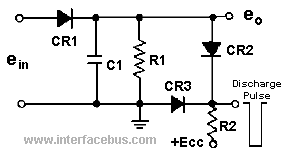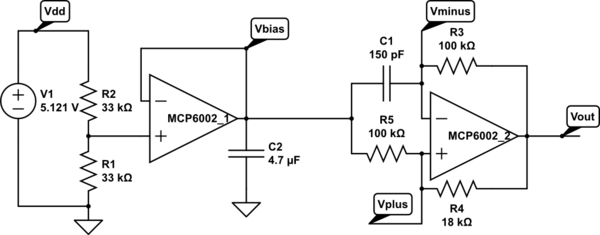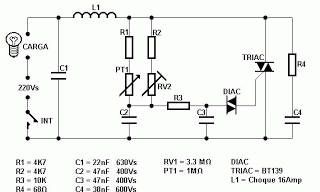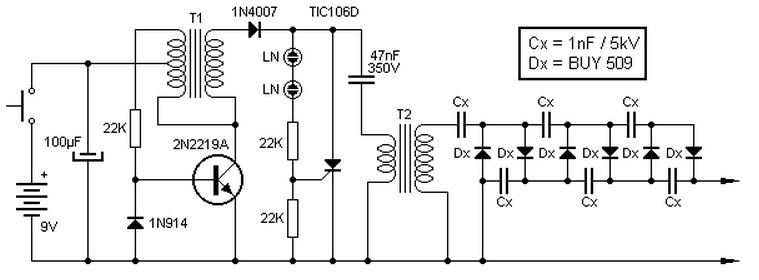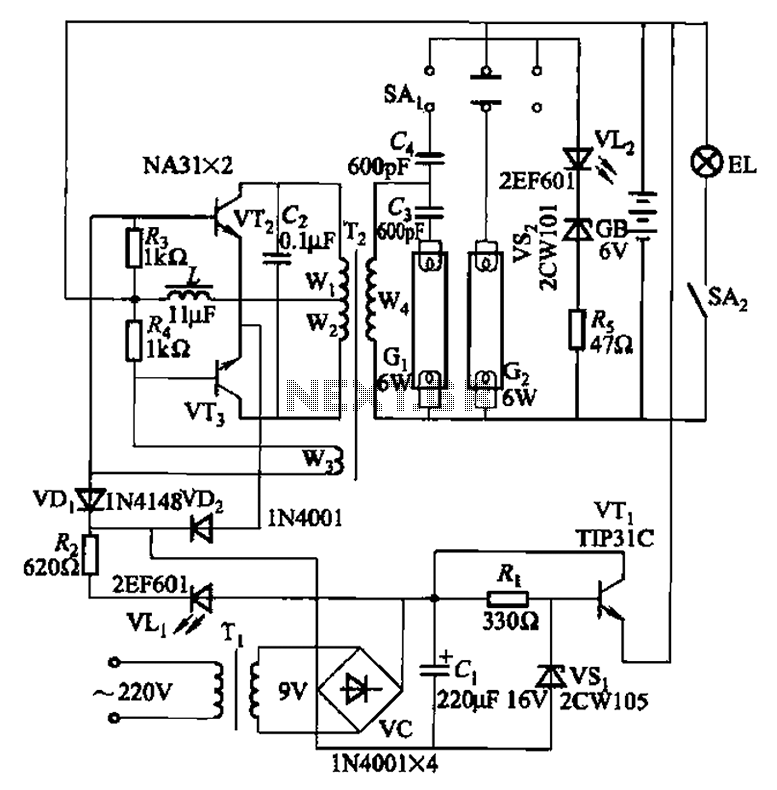
1 Watt FM Amplifier Circuit
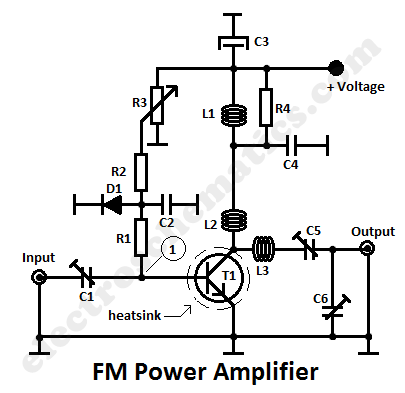
This is a 1-watt FM amplifier with an effective design that can be used to amplify an RF signal in the 88 - 108 MHz band. It exhibits high sensitivity when paired with quality RF components.
The 1-watt FM amplifier operates within the FM broadcasting band, specifically between 88 MHz and 108 MHz, which is the standard range for commercial FM radio. The amplifier is designed to boost weak RF signals, enhancing the overall performance of FM transmission systems.
Key components of the amplifier typically include a transistor or an operational amplifier configured in a common-emitter or common-source arrangement, which allows for significant signal gain. The circuit may also incorporate a matching network to optimize the input and output impedance, ensuring maximum power transfer and minimal signal reflection.
To ensure high sensitivity, careful selection of passive components such as resistors, capacitors, and inductors is crucial. These components can influence the amplifier's bandwidth and frequency response, making it essential to choose high-quality RF components that minimize losses.
The power supply for the amplifier is generally designed to provide a stable voltage, often around 12-15 volts, with adequate current capacity to support the 1-watt output. Bypass capacitors are typically included to filter out noise and stabilize the power supply.
Thermal management is also an important consideration, as the amplifier may generate heat during operation. Adequate heat sinking or ventilation should be implemented to prevent overheating, which can affect performance and reliability.
Overall, this FM amplifier is suitable for various applications, including small-scale broadcasting, personal radio projects, or as part of a larger RF system where signal amplification is required. Its design emphasizes both performance and reliability, making it a valuable component in RF signal processing.This is a 1 watt fm amplifier with a good design that can be used to amplify a rf signal in the 88 - 108 MHz band. It is very sensitive if you use good rf.. 🔗 External reference
The 1-watt FM amplifier operates within the FM broadcasting band, specifically between 88 MHz and 108 MHz, which is the standard range for commercial FM radio. The amplifier is designed to boost weak RF signals, enhancing the overall performance of FM transmission systems.
Key components of the amplifier typically include a transistor or an operational amplifier configured in a common-emitter or common-source arrangement, which allows for significant signal gain. The circuit may also incorporate a matching network to optimize the input and output impedance, ensuring maximum power transfer and minimal signal reflection.
To ensure high sensitivity, careful selection of passive components such as resistors, capacitors, and inductors is crucial. These components can influence the amplifier's bandwidth and frequency response, making it essential to choose high-quality RF components that minimize losses.
The power supply for the amplifier is generally designed to provide a stable voltage, often around 12-15 volts, with adequate current capacity to support the 1-watt output. Bypass capacitors are typically included to filter out noise and stabilize the power supply.
Thermal management is also an important consideration, as the amplifier may generate heat during operation. Adequate heat sinking or ventilation should be implemented to prevent overheating, which can affect performance and reliability.
Overall, this FM amplifier is suitable for various applications, including small-scale broadcasting, personal radio projects, or as part of a larger RF system where signal amplification is required. Its design emphasizes both performance and reliability, making it a valuable component in RF signal processing.This is a 1 watt fm amplifier with a good design that can be used to amplify a rf signal in the 88 - 108 MHz band. It is very sensitive if you use good rf.. 🔗 External reference
